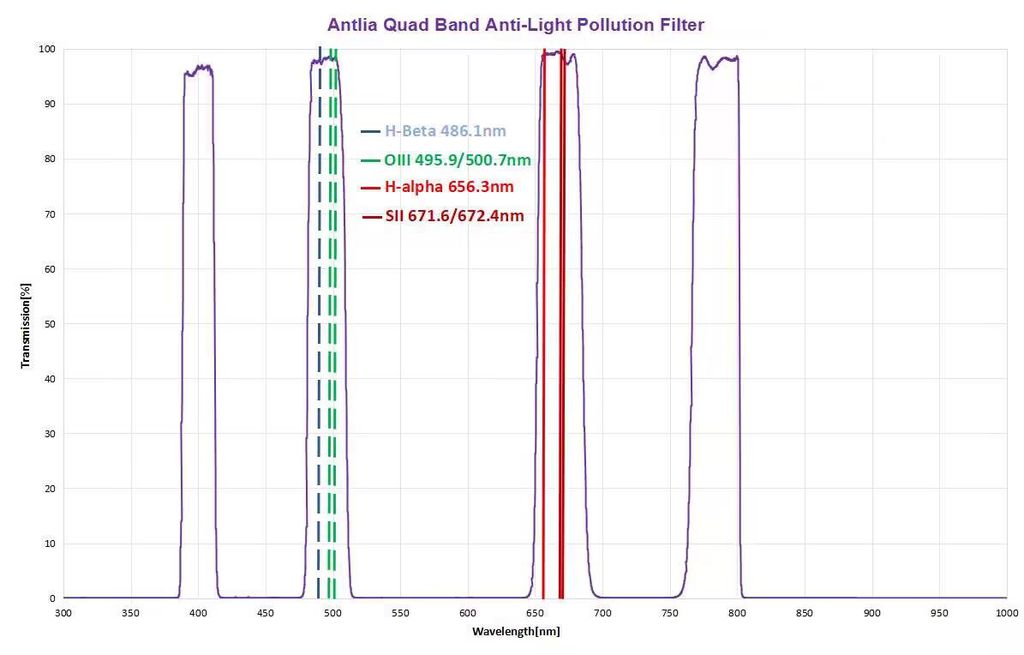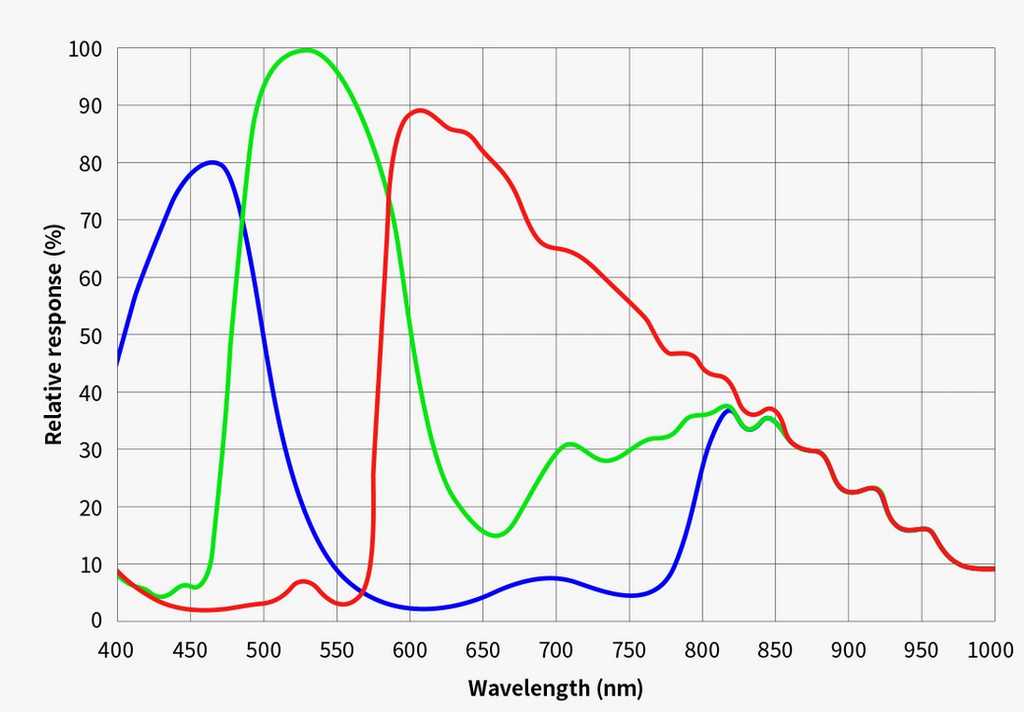Strictly speaking from a Linear Algebra perspective, it should be perfectly doable. You'd need to overlap the filter's transmission graph on top of the camera's QE curves:
From
antliafilter.com
From
zwoastro.com (2600MC PRO):

The camera provides three independent channels (RGB) and you want to extract three band-passes. It would be a matter of picking some values for the 9 constants below (*):
Ha = h1*R+h2*G+h3*B
OIII = o1*R+o2*G+o3*B
SII = s1*R+s2*G+s3*B
It shouldn't be much different to the usual methods to extract NB channels from dual-band filters coupled with OSC cameras.
I've never done such calculations myself, but someone like
@Franklin Marek might find it a good challenge to follow...
(*) Edit:
The h1,h2,h3,o1,o2,o3,s1,s2,s3 constants could also be obtained by inverting the matrix
R = r1*H + r2*O + r3*S
G = g1*H + g2*O + g3*S
B = b1*H + b2*O + b3*S
As mentioned, from a Linear Algebra perspective seems perfectly doable, the dimensions add up.




